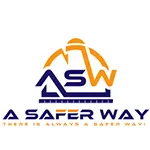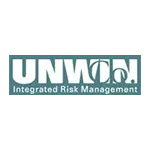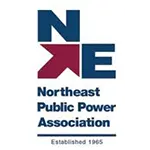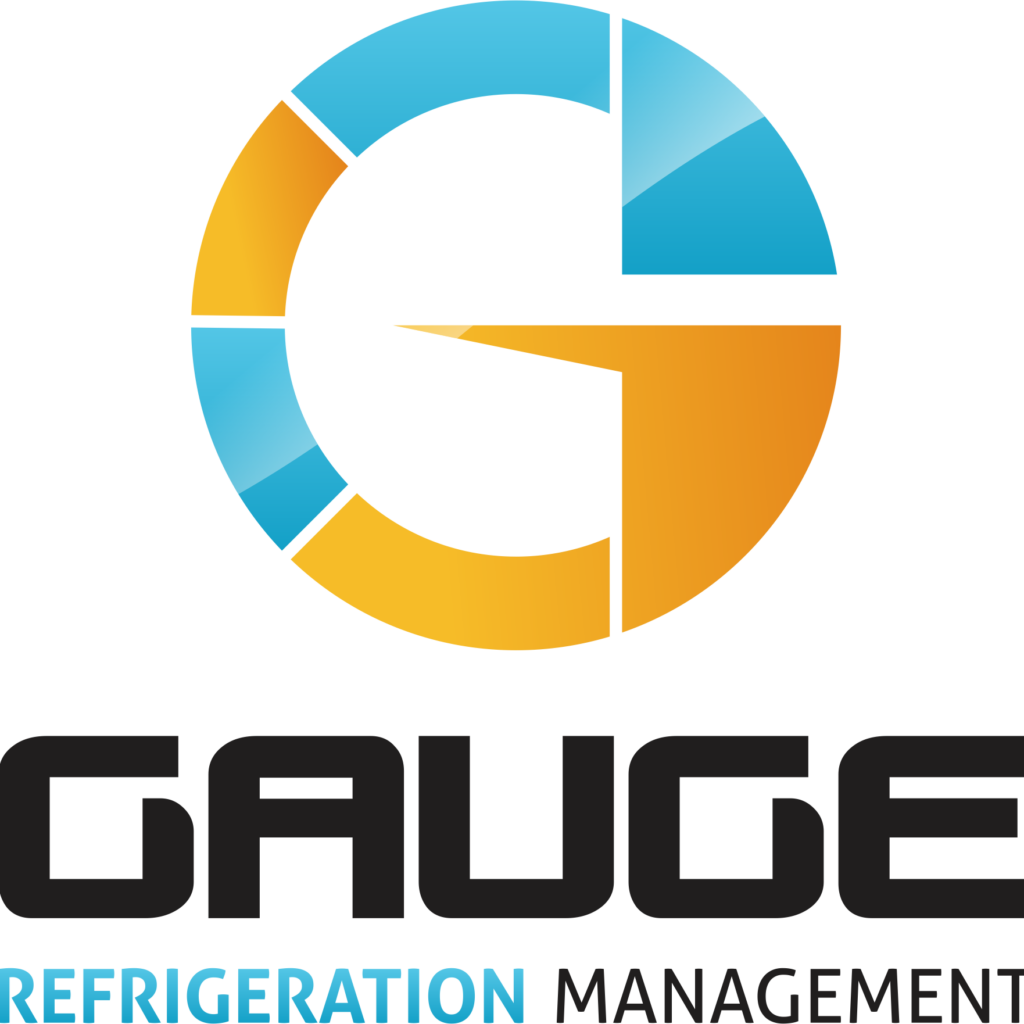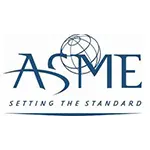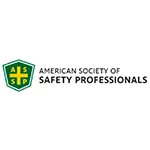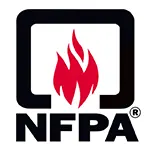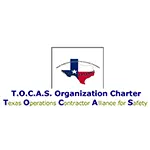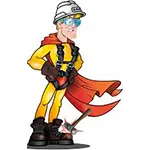CLICK HERE to Renew your Membership
CLICK HERE for a NEW Membership
CLICK HERE to see eligibility requirements for FREE Membership
If you have any questions, please contact me
We offer:
- Over 17,600 categorized unsafe acts/conditions and accident/injury photos
- Over 1,450 ppt's & doc's
- Over 3,975 technical articles on Process Safety & Occupational Safety & Health matters
- Over 450 videos
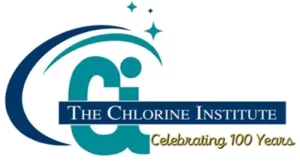
I am proud to announce that have extended our”Partners in Safety” agreement for another year (2025).
CI Members, send me an e-mail to request your FREE SAFTENG membership.
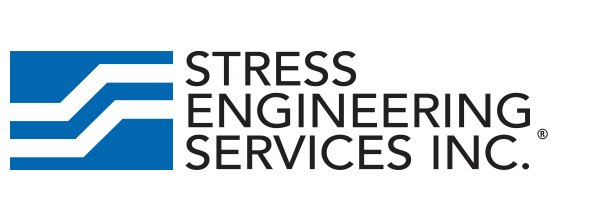
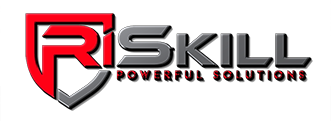



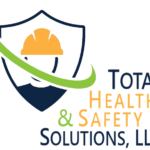





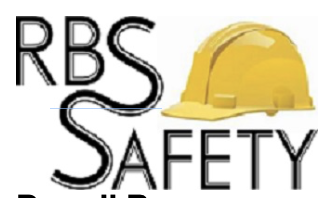

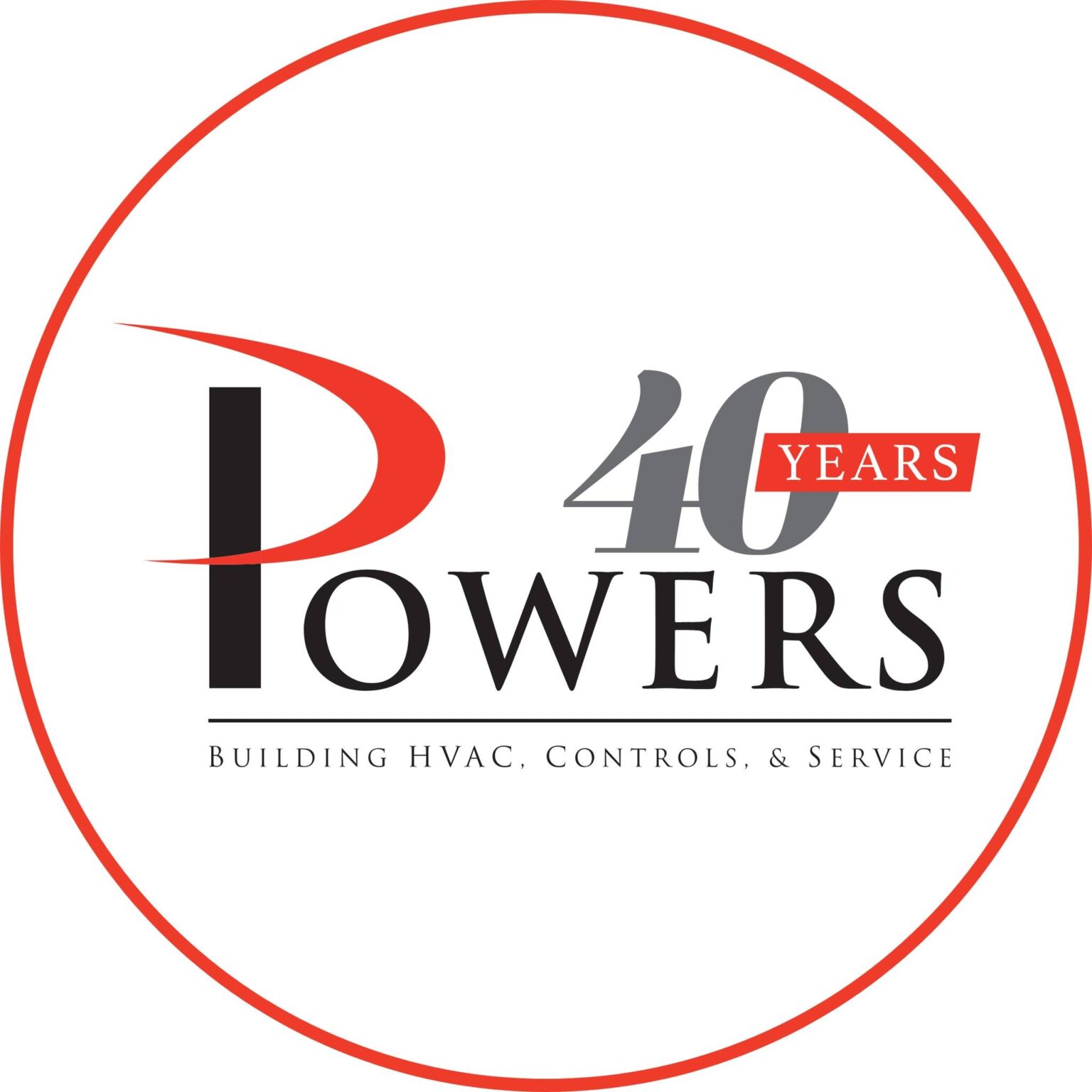
July 11, 2023
At 11:00 a.m. on May 23, 2019, an employee removed a regulator from a chlorine gas cylinder to perform yearly maintenance and repacking. When the employee attempted the close the shutoff valve, the valve malfunctioned and stopped turning while still slightly open without the employee’s knowledge. When the employee removed the regulator, chlorine gas escaped. The employee removed himself from...
Read More
July 8, 2023
Two workers were injured on an offshore platform while installing a skillet, the steel circular joining plate inside a section of piping. The incident occurred while the workers were on scaffolding and unbolting a 10-inch flange (Figure 1). After determining the skillet was the wrong size, the supervisor instructed a third worker to join the initial two workers on the scaffolding to take skillet measurements...
Read More
July 8, 2023
Uninterruptible Power Supply (UPS) is a pretty common backup power supply in industrial settings where “power failure” can lead to the loss of control systems, emergencyshutdown systems, and emergency mitigation systems. But like ALL SAFEGUARDS we take credit for in our Hazard Analyzes, these UPS must be in our mechanical integrity program for testing/validation regularly (e.g., manufacturer’s...
Read More
July 8, 2023
As we have discussed before, all drivers (including all parts of the world) can recognize the universal symbol for STOP. It is a RED OCTAGON-shaped sign LOCATED on the side of the road at the SAME height in all locations. Granted, the sign may be on different sides of the road, based on the country you are driving in, as that country may drive on a different side of the road. But...
Read More
July 8, 2023
As we work on a project for a client, I am reminded of the stark contrast in HF expectations across industries. Having grown up in the chemical industries managing PSM/RMP-covered processes, Human Factors (HF) has been “a thing” since 1992. HF was very much a steep learning curve and still is for many. I spent some time recently with a client who had many opportunities...
Read More
July 8, 2023
The assessment checklist below was developed by Dr. James Reason and presented at the 2000 Safety Conference. In Managing the Risks of Organizational Accidents, Dr. Reason argues that three (3) elements are vital for driving a company’s safety performance, all of them the purview of top managers: commitment, competence and cognizance The three Cs. But managers come and go. So how does a...
Read More
July 8, 2023
“Despite efforts to improve safety, several hundred accidents happen every year, and most such crashes are blamed on human error or outdated signaling equipment.” Active Failures vs. Latent Organizational Failures These conflicts are always in the spotlight after tragedies. It took me many years working for some great leaders who always challenged me to look deeper to understand WHY “they did what...
Read More
July 7, 2023
The establishment of a positive culture of safety within an organization is dependent on the following:
…
HomeRead More »
Read More
July 7, 2023
I came across these nine bullets from an SMS for a UK government agency. It may be the best-summarized listing of the behaviors and language we should see from the top executives within our organizations. I realize that one of the references talks about “prioritizing safety”; and although I am not a fan of that phrase, the manner in which they use it makes sense to me. …...
Read More
July 7, 2023
They are NOT there to perform a causal analysis. They are there simply to determine if one or more of its standards were violated. And in some cases, they may even issue citations that had zero to do with the event that brought them on-site. So addressing OSHA’s citations is NOT the sole path forward to reducing the LIKELIHOOD the event may happen again or the SEVERITY of the consequences. For this,...
Read More
July 6, 2023
There seems to be a movement within the safety community that proposes that there is no “safety culture” or “culture of safety” within workplaces. After all, I have seen and lived over the past 30+ years; I find this difficult to believe. Just because we can’t see a “culture,” although I believe we can certainly see one or feel a culture, again,...
Read More
July 6, 2023
We hear a lot about our biases showing up in many SMS elements and how these biases hamper the SMS and mislead us. But not all biases can be a bad thing. One element where our biases shine brightly is in the Causal Analysis of accidents. For decades now, we have been told over and over that 85% of accidents are due to human behaviors. Most enter into the causal analysis exercise...
Read More



